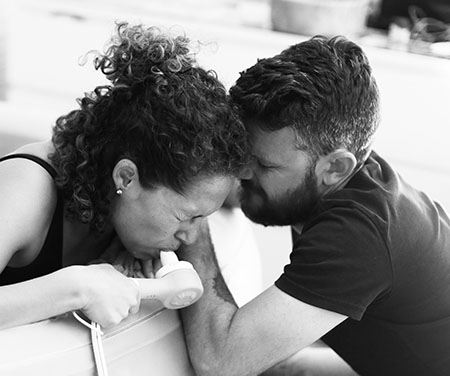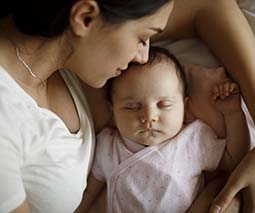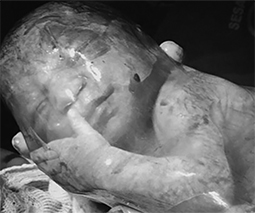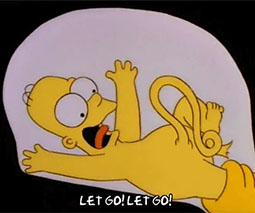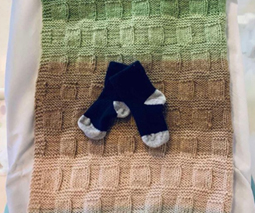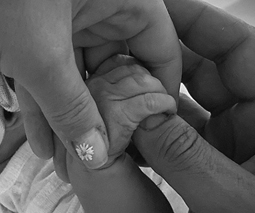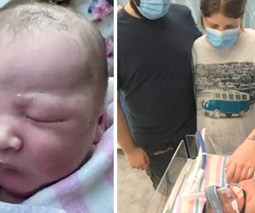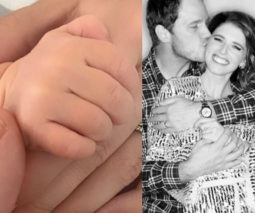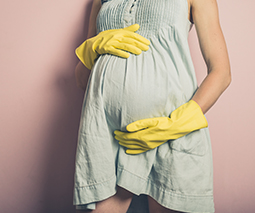14 ways having a baby now is better than when your mum had you

Being pregnant and giving birth in the seventies or eighties was a hell of a lot different than it is now — just ask your mother! Thankfully for us there have been so many advancements over the years that you’ll feel a deep sense of relief as you read the following 14 ways things have changed for the better.
1. Conception and fertility
Everyone is far more educated today on their own fertility, including what helps or hinders it. There are also many conception aids to help couples conceive. Ovulation tests, calendars and fertility trackers didn’t exist in your parents’ days. There has also been leaps and bounds made in the advancement of fertility treatments. The first baby conceived by in vitro fertilisation (IVF) was born in 1978, but it wasn’t accessible to most. Couples who are struggling to conceive today have more options, such as fertility enhancing drugs, IVF, freezing sperm and eggs, sperm and egg donors — a complete game changer for infertile, older or same sex couples and single women. Infertility is no longer a taboo topic and is readily discussed.
2. Prenatal care
Ultrasounds weren’t part of your routine pregnancy check-ups (which explains why there were so many surprise twins back then), and parents couldn’t find out their baby’s gender until their birth day. Tests for gestational diabetes and the Harmony Test (a blood test that screens for birth defects such as Down syndrome) were also unheard of decades ago. Education on the importance of diet during pregnancy has also improved. Women now know that smoking, drinking, taking drugs and eating certain foods are dangerous, and the importance of taking prenatal vitamins. This has had the positive effect of decreasing the risk of birth defects and miscarriage.

3. Maternity clothes
Maternity fashion was not a thing! Ugly moo-moo type smocks were all the rage in the seventies, while the eighties were all about denim dungarees — owning a pair of these were a surefire way to announce you were expecting to the world. Maternity wear has come a long way, and there are now oodles of maternity fashion labels making comfortable and stylish clothes for our bumps.
4. Men in the delivery room
Husbands and male partners rarely made an appearance at the birth — it just wasn’t the done thing! They were either working or out in the waiting room with cigars, leaving women to be about her business of bringing their baby into the world. Many midwives believed the delivery room just wasn’t the place for men (with the exception of the doctor), and taking a friend or family member in wasn’t really an option either. These days women can have all the support they need during labour.
5. Pain relief
A lot of women in the seventies were still experiencing ‘twilight sleep‘ births. This is where they were knocked out with drugs and the baby extracted medically with forceps. It was a distressing and dangerous practice for both mum and bub. These days there are many more advanced pain relief options for women in labour. Women can now opt for an epidural during birth, this offers effective pain relief yet allows the mother to be awake and actively involved in the birth of her baby.
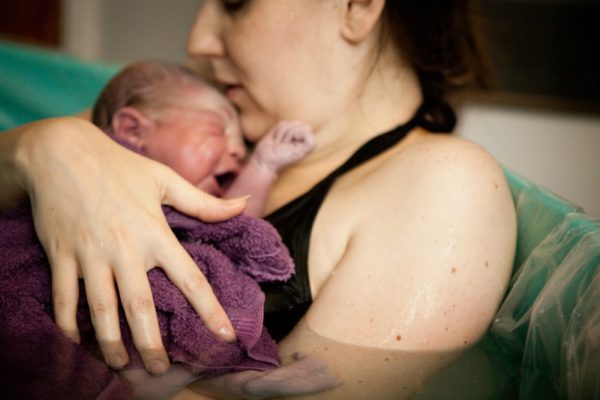
6. Birthing styles
Women in of your parents’ generation were advised to deliver their babies lying flat on their back. Now we’re encouraged to give birth in many different positions, whether that be on your side, squatting or standing upright. These positions have since been proven to help make labour easier and shorter (hello gravity). There is also more freedom for women to create a birth plan that shapes their experience of labour in a way that personally appeals to them. You can choose to have a water birth, an at home birth, or deliver with the help of a doula.
7. C-sections and inductions
The practice of delivering babies via caesarean is much more common today; and for the women delivering vaginally, many of them are induced to bring on labour faster. Medical advancements now make it easier for doctors to see if a baby or mother’s health is at risk, prompting the use of one of these procedures. These have helped reduce fatalities, and difficulties associated with long labours, breech births and other complications. You also have the option to request a vaginal birth after caesarean (VBAC) in any subsequent pregnancies.
8. Immunisations
Education on the importance of getting babies vaccinated and on time has never been greater. While it is never a fun experience for babies or their parents, the push to vaccinate is an important one and many deadly diseases don’t exist in our society today thanks to these vaccines. In addition to these, new medications have been introduced in recent years (such as the Vitamin K injection over oral drops done in the hospital) that further prevent a range of diseases and conditions.
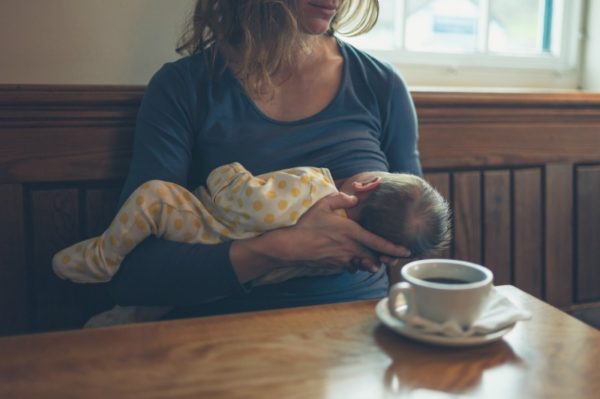
9. Breastfeeding
Breastfeeding in public was not the accepted practice back in the day. Nursing mums often had to stay at home to feed their babies, or hide under a big sheet for modesty reasons. How things have changed! Aided by the invention of better maternity bras, mum and bub rooms, and public education, breastfeeding women are now empowered to feed their baby in public (with the exception of the odd ignorant person). And where would we be without our automatic breast pumps? Perfect for new mums wanting to increase their milk supply, go back to work, or express. Baby formula has also improved to cater to those with allergies, intolerances or other conditions such as reflux.
10. Postnatal underwear
This advancement truly is a wonder. Not only do we now have incredible shapewear like Spanx to help our post-baby body fit back into our clothes, but there’s also underwear (hello Modibodi!) which absorbs period blood and bladder leaks — perfect for the new mum whose body has been through the wringer! They’ve also created a swimwear range to help us cool off without worrying about all that mess.
11. Maternity leave
Most of our mums either didn’t work at all after having kids or had to wait until they were quite old before attempting to reclaim or start their career. We’ve come such a long way in this area, thanks to paid maternity leave (limited but a vast improvement), better access to daycare and the rise of stay-at-home dads.

12. SIDs education
Parents are no longer told to put their babies to sleep on their tummies or sides, and are advised to sleep babies on their back as this has since been proven to be safest. Thanks to this and other safe sleep guidelines, such as no toys, blankets or pillows, the rate of sudden infant death has decreased in recent years.
13. Postnatal care
What was once brushed off as the ‘baby blues’ has now been recognised as a serious mental illness that requires treatment and care, meaning that new mums now suffering from postnatal depression are now able to be properly diagnosed, treated and given the support they need.
14. Support systems for new mums
For those who weren’t lucky enough to have female family members nearby, motherhood was a lonely and isolating time in a woman’s life while her husband spent the majority of his time at work. Today’s parents now have access to mother’s groups, parenting websites, access to experts and Facebook groups. This means that even if they’re not close to family, there’s help, advice and a place to be heard for all new mums when needed.
Do you think it’s easier now to have a baby than in your mum’s generation? Tell us on Facebook!
